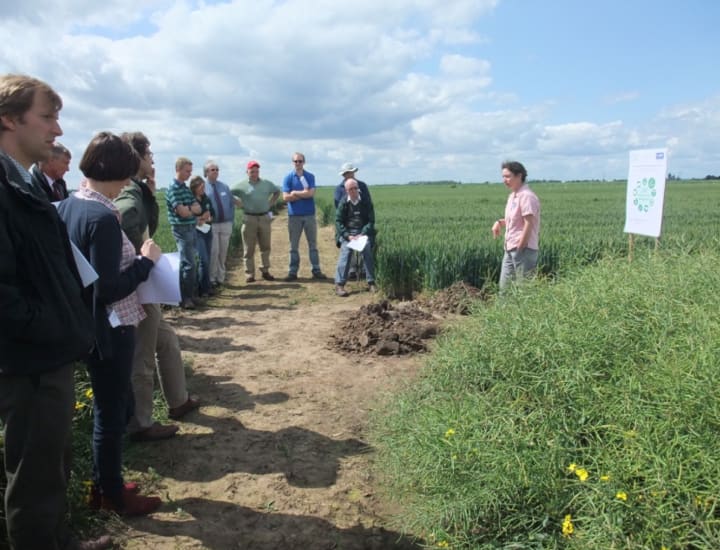
Field Walks
Field walks offer a rewarding and enjoyable journey of discovery and learning. They are great for small/medium sized groups (5−20 people).
Your audience will be more engaged in a field than in a bland meeting room.
Outdoor learning offers rich, real world demonstrations of sustainable farming and the practical application of information/research.
Signage or props provide information, calls to action and encourage engagement. They also prompt discussion on the themes of the day.
Weather conditions affect the:
- pace you choose
- means of getting around
- shelter/shade needed
You need to hold your visitors' attention to keep them together and focused. Ensure you meet the needs of visitors with limited mobility.
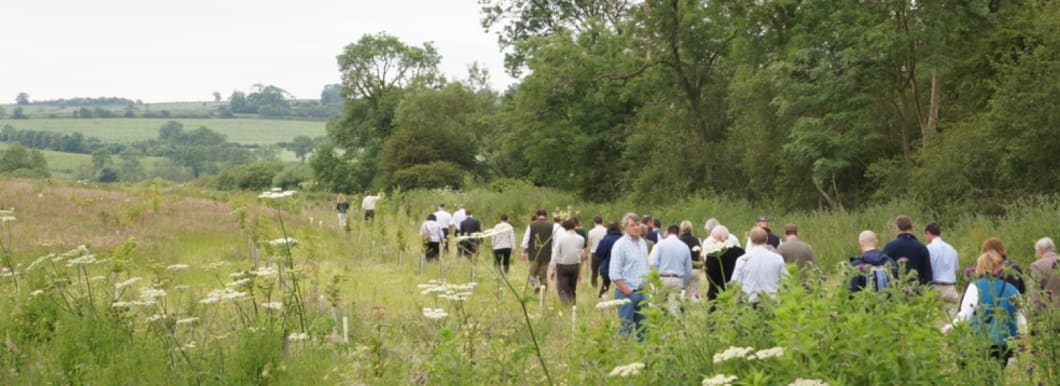
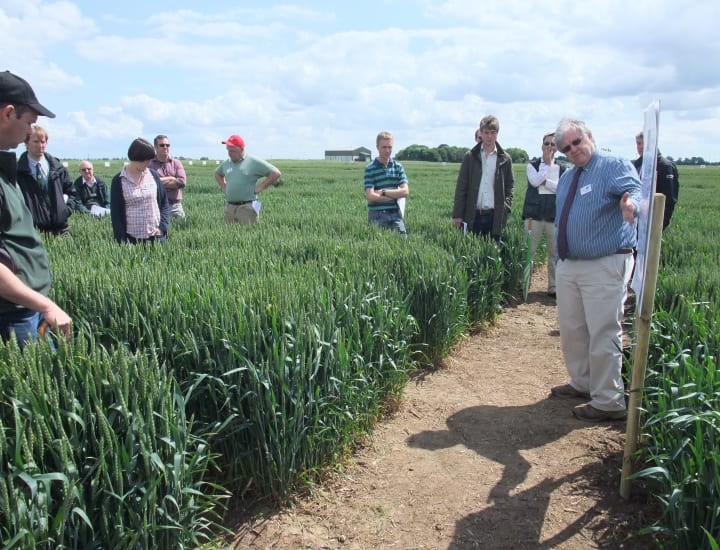
Trial plots
Trial plots can demonstrate results of research. Where possible, have contrast plots to highlight the differences. The interpretation of a trial plot can be made easier with signboards or posters.
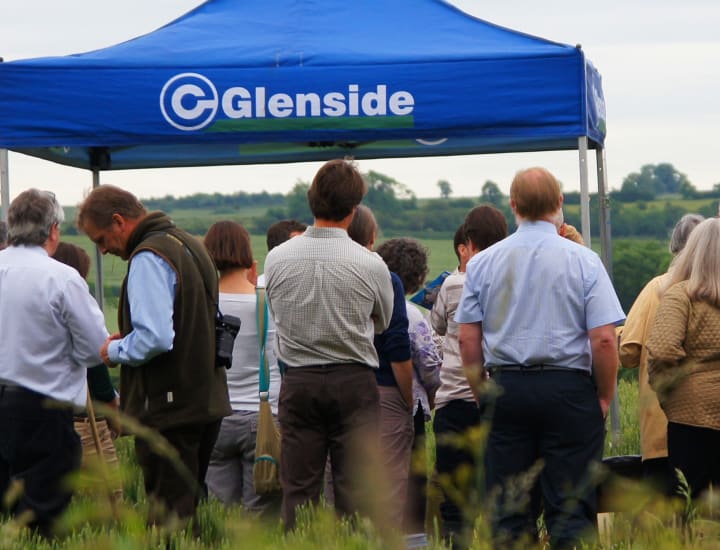
Event pop-up stand
Pop-up stands or gazebos come in many shapes and sizes. They can be flimsy or a robust, solid trailer. The stand is an excellent focal point for your audience, a place to gather to hear you talk. It becomes the hub for your audience to talk with each other and share ideas.
Pop-ups are a place to store, display and share marketing materials for visitors to take away – such as flyers booklets and business cards.
You can brand the stand strongly and even include memorable calls to action. Props can be displayed to add interest and increase engagement. The acoustic can be better under a stand than in the open and they provide shelter for your audience.
Flimsy pop-up stands, and everything they contain, are vulnerable in poor weather.
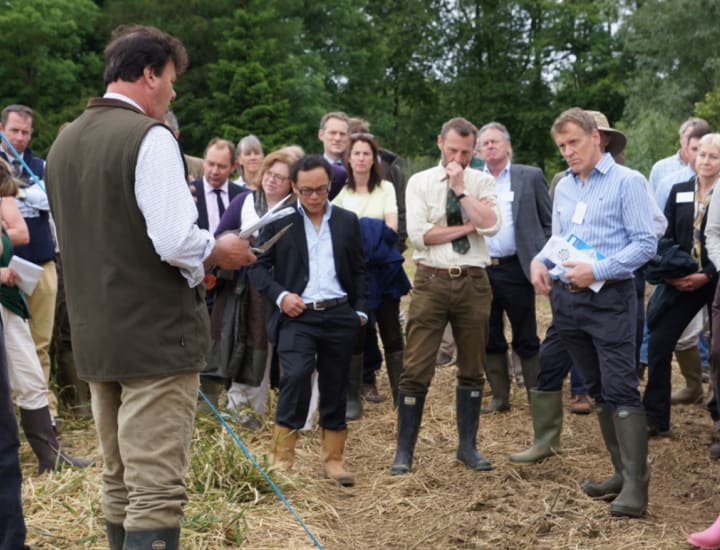
Guided farm tour with a trailer ride
A farm tour with a trailer ride needs careful planning to ensure it runs to time. Group size, timing and health and safety are all important considerations.
Be sure to think through the tour from a visitor’s perspective; think about themes, number of stops, timing and people’s comfort and whether it needs more than just you to do the talking.
Don’t be over ambitious in how much ground you can cover. Three or four stops and themes will be enough. Allow enough time for questions and for visitors to get on and off the trailer at each stop.
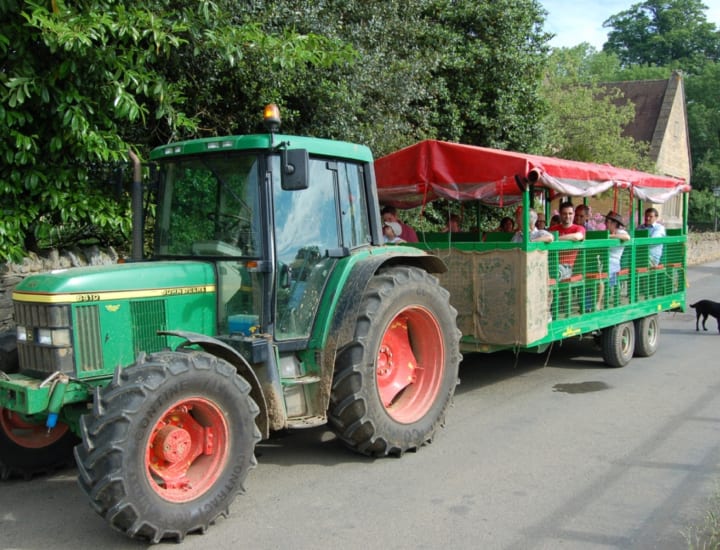
Your presenting position can be flexible (i.e. in the trailer, from the field looking back up at the visitors in the trailer or you can all get off and you can present at various places along the route).
The changing backdrop means the visitors stay engaged in the tour and presentation.
Of course there can be some negatives to a farm tour, if you try to present whilst the vehicle is moving then it can be hard to hear the presenter unless you have an amplified speaker. Health and safety considerations are essential.
Techniques to engage your audiences in the field or on guided farm tours
Being outdoors is not a complete guarantee that what you are presenting will be interesting and memorable to your audience. You still have to think through what more you can do to communicate your main messages successfully.
· Activity - as well as seeing, what can your audience do? Can you ask them to identify, compare, analyse? Do you have a short activity that they could try as individuals or in pairs or small groups and then share the results for you and the whole group to discuss? Taking part in a hands-on activity will help them remember the messages that you give them.
· Demonstration - create a demonstration for your audience to watch. You could take a sample or use a diagnostic tool. The demonstration, and your careful and colourful explanation of what you are doing, can be a powerful and memorable part of your presentation.
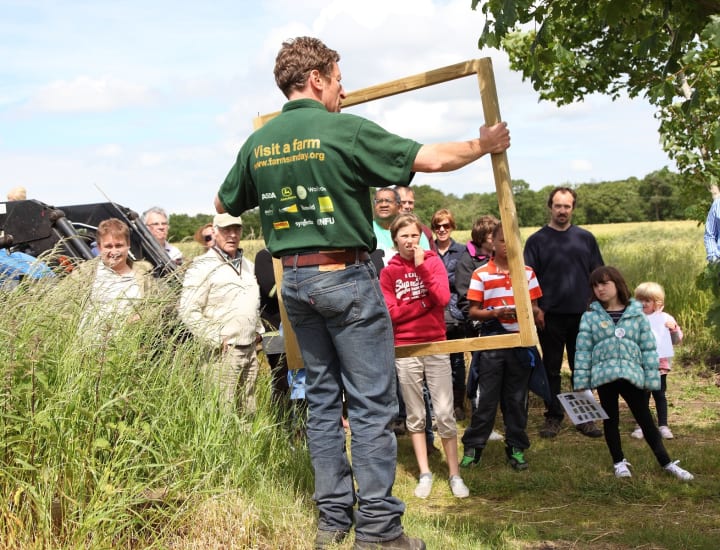
Props
Be sure to have several props at hand. These include photos (preferably large and laminated to be robust enough to be handed round), samples, enlarged tables/diagrams of main results, samples etc. Some props are for you to use or refer to but they can also be handed around to give your audience a feel for what you are talking about.
Are you prepared?
Question 1 / 8
Do you know how many people will be attending your outdoor event/presentation/tour?
Question 2 / 8
Have you a clear idea of exactly what messages you want your audience to take away?
Question 3 / 8
Have you thought about your available budget?
Question 4 / 8
Have you decided which type of outdoor presenting method you will use?
Question 5 / 8
Do you have props you can use whilst you are talking?
Question 6 / 8
Have you considered what additional information you may need ie. posters, flyers, brochures?
Question 7 / 8
Have you thought about whether you are going to organise an activity/demonstration?
Question 8 / 8
Are you aware of the pros/cons for this method of presenting outdoors?

